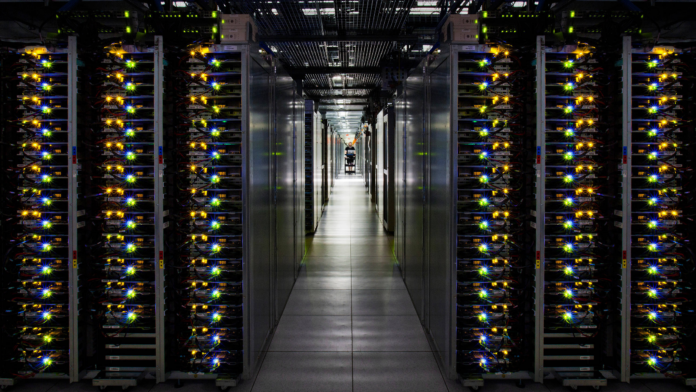China is building the world’s highest-altitude cloud computing data center in the Tibetan regional capital city Lhasa. The new data center is located at an altitude of around 3,656 meters above sea level in Lhasa, the high-tech zone. This makes it the highest-altitude data center in the world.
The data center will meet the data storage needs of the country as well as South Asian nations like Bangladesh, Nepal, and Pakistan. The project is expected to provide services in areas such as video rendering, autonomous driving, and distance-learning data backup. The company is planning to make these services available to major Chinese provinces including Beijing, Shanghai, Sichuan, and Jiangsu along with its neighboring countries like Nepal, Bangladesh, Pakistan, and some parts of Southeast Asia.
The planned investment is a total of 11.8 billion yuan that amount to around 1.8 billion USD. The Ningsuan Technology Group is in charge of the operation of the Tibet data center. The first phase of the project is anticipated to come into action in 2021. The data center will have 10,000 machine cabinets and annual revenue of 1.5 billion yuan that is about 223.5 million USD after the completion of this phase. And this can meet the data storage needs of major clients in the country as well as in South Asia.
It is expected that Tibet will become a big-data industrial base and, as Lhasa moves forward with the construction of a regional bureau to set up international communications services and taking in three-dimensional network interconnectivity across the Himalayan region.
In a cloud computing data center, the entire infrastructure hosted there is committed to run the multi-tenant environments that are dynamically allocated to cloud customers based on cost and demand. The cloud vendors like AWS, Google, Microsoft, etc. will usually dictate the type of infrastructure that is hosted to improvise compatibility with the management tools as well as to boost cost-efficiency as well as power utilization. Even though some data centers may combine infrastructure if they also deliver managed services or hosted environments. The larger vendors will usually build or buy purpose-built data centers exclusively for their infrastructure.

